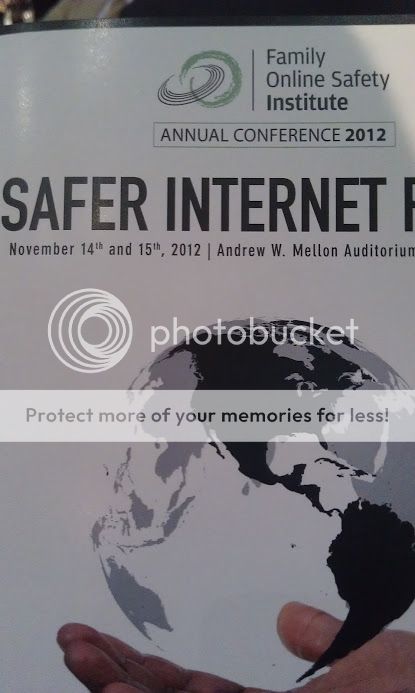As the end of the year moves in to view, I’m taking stock. Doing a report card on my family. Getting a picture of what we did this year…how we can improve next year.
I’m asking questions. Looking back on the year. Did we stick to a budget? What should we change for the upcoming year to be more conscious of money and spending. I look at the kids, too. Did they apply themselves this year to their studies. I have good kids who know that education is important. They faltered here and there, but overall school was a success for all three. I’m proud of them. I look at how we are doing with the saving for college. This is a big one with two teens in the family. And then there is health.
I take stock of the health of each family member. While I can’t prevent or predict who will get sick each year, I can put measures in place to help with wellness. We all get a flu shot and have done for many years. The kids have regular well check ups, and when they are sick we take them to the doctor. But, there are other ways we maintain wellness.
I was invited to the Family Online Safety Institute last week. Among the topics under discussion at this prestigious and informative event in Washington, D.C, was the issue of digital wellness. What is digital wellness? How can we stay “well” online?
Many of us wouldn’t use a computer or laptop without a virus checker. We have our children’s passwords to social media sites. We pride ourselves on knowing what our children are doing when on the computer, or we know how to find out what they are doing if we suspect something is wrong. But what about mobile safety?
Not so many years ago, mobile phones were purchased for safety. Back in ’95, my husband and I bought our first mobile phone…dubbed the “baby phone.” While not quite the size of a brick, it was still a hefty paperweight-sized phone. My kids can’t wrap their heads around the fact that my husband and I SHARED a phone. I remember that more often than not I did not have the baby phone when I was out and about. Too heavy to carry?
While most of us know that should something happen to us or our families, the mobile phone is our connection to get help, the reality is that the mobile phone is much more than a safety device. One of the panels I attended at FOSI was on Digital Wellness in the Mobile World. The panel — moderated by Adam Thierer of George Mason University’s Technology Policy Program — included: Jack McArtney, Verizon; Brent Olson, AT&T; Tasso Roumeliotis, Location Labs; and Amanda Third, University of Western Sydney (Australia).
The panelists on the Digital Wellness in the Mobile World panel agreed that a tool for measuring digital wellness is needed, though not yet available. Location Labs’ Tasso Roumeliotis sees the process for creating a way to quantify digital wellness as a “work in progress.” Should the government be involved with digital wellness? The panel were divided on whether digital wellness is a public health issue.
All panelists agreed that there is no replacement for parental monitoring of kids and their use of technology, whether at home on the family computer or out-and-about on a smartphone. I know that I periodically check my kids’ phones. In order to ensure that my kids get enough sleep and are not distracted by the constant messaging from friends through social media at odd hours, my kids place their phones and handheld games in a basket in the kitchen. Laptops are stored somewhere other than their bedrooms.
The panelists spoke about what their organizations are doing to help with digital wellness:
- Verizon has a structure in place to keep people well online from allowing parents to set data usage limits.
- Texting while driving — AT&T has the It Can Wait program to educate parents and teens about not texting while driving. In fact, I wrote about this program on my Baltimore Parenting Tweens Examiner page when it was first announced.
- Tasso Roumeliotis spoke of Location Labs’ mobile safety and security apps and products. Location Labs has a suite of location-based products designed to give families access to the location of family members at all times, as well as a Safe Driving app to help end the “texting while driving epidemic.”
The panel agreed that kids participate online through Facebook or Twitter as a social outlet. Kids also use social media as a way to get better at something, like a online game. But, as Roumeliotis warned mobile technology investment dollars are going towards addictive technologies, like Zynga, Farmville, Cityville, etc.
I was a guest of Location Labs at FOSI. I want to tell you a little bit about Location Labs. Location Labs products include:
- Family Safety apps for checking on the location of family members in real time through GPS.
- The Family Safety apps are available from the following service providers: Sprint Family Locator, AT&T FamilyMap, T-Mobile FamilyWhere, and a few others.
- Safe Driving app for disabling texting and calling while driving.
- The Safe Driving app sends an auto-response message letting the caller/texter know that the driver is unable to receive calls. Available on Sprint Drive First and Verizon as Safely Go. You can read my review of Safely Go here.
I was compensated to attend the Family Online Safety Institute as a guest of Location Labs. The views expressed in this post are my own. I follow the tenets of Blog With Integrity.



